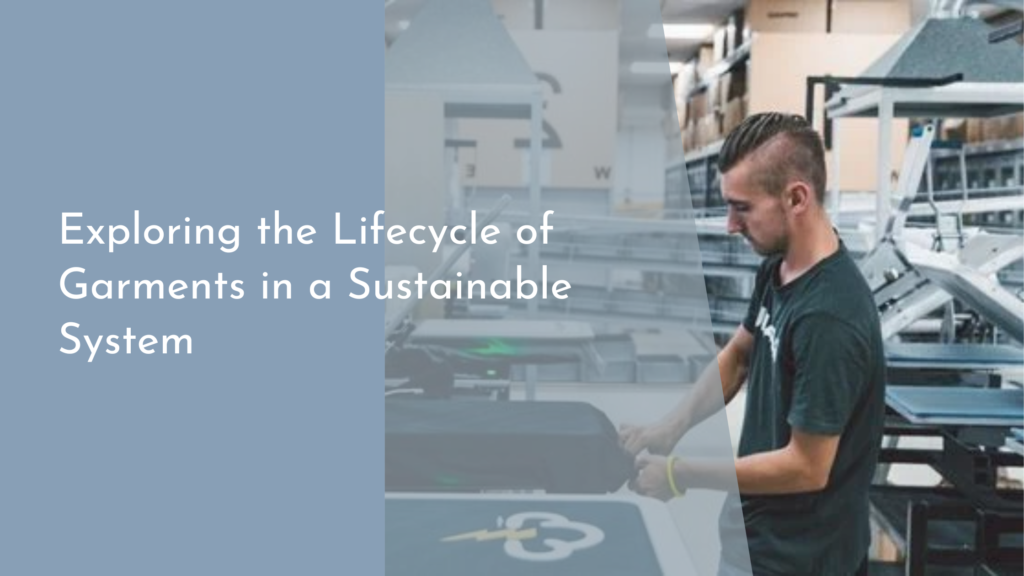Using Rainwater Harvesting for Soil Erosion Control Projects
As the world grapples with the impacts of climate change, sustainable practices are becoming more crucial than ever. One such practice that stands out is rainwater harvesting, which not only conserves water but also plays a significant role in soil erosion control. By capturing and utilizing rainwater, communities can promote healthier soils, reduce runoff, and create a more sustainable environment. This article explores the benefits of rainwater harvesting for soil health, innovative techniques for erosion control, implementation strategies, and inspiring success stories that showcase the transformative power of this practice.
Discover the Benefits of Rainwater Harvesting for Soil Health
Rainwater harvesting offers a wealth of benefits that directly enhance soil health. By collecting and storing rainwater, communities can reduce the dependency on municipal water systems, lessening the strain on local resources. This method ensures that water is available during dry spells, promoting consistent moisture levels in the soil. Consistent watering not only supports plant growth but also fosters a diverse ecosystem within the soil, aiding in nutrient cycling and improving soil structure.
Moreover, rainwater is typically free from the chemicals and salts found in treated water sources. This makes it an excellent alternative for agricultural practices or landscaping projects, where the use of natural water improves soil quality. By maintaining healthier soils, rainwater harvesting contributes to minimizing erosion, as strong soils are better able to absorb and retain moisture, thus reducing runoff that can lead to soil degradation.
Innovative Techniques for Effective Erosion Control Projects
To maximize the benefits of rainwater harvesting for soil erosion control, innovative techniques can be employed. One effective method involves creating rain gardens, which are shallow depressions designed to capture and absorb rainwater runoff. These gardens not only manage stormwater effectively but also support biodiversity by providing habitat for various plants and animals. By using native plants in these gardens, communities can enhance soil stability and resilience against erosion.
Another technique is the use of permeable surfaces, such as permeable pavements and green roofs, which allow rainwater to infiltrate the ground rather than running off into storm drains. By combining these techniques with traditional rainwater harvesting systems, communities can significantly reduce erosion while enhancing groundwater recharge. Implementing these innovative strategies creates a more integrated approach to managing soil health and ensuring sustainable land use.
How to Implement Rainwater Systems in Your Community
Implementing rainwater harvesting systems in your community can be a rewarding venture that brings people together for a common cause. The first step is to engage local stakeholders, including residents, businesses, and local governments, to raise awareness about the benefits of rainwater harvesting. Organizing workshops and informational sessions can help educate the community about the different types of systems available, such as barrel systems for residential use or larger cisterns for public spaces.
Once there is a foundation of interest, the next step is to identify suitable locations for rainwater collection. This may involve assessing rooftops, parking lots, and other surfaces where runoff can be effectively captured. Collaborating with environmental organizations can provide valuable resources and expertise in designing and implementing these systems. With community involvement and the right planning, rainwater harvesting can become an integral part of local erosion control efforts and a step towards greater environmental sustainability.
Success Stories: Transforming Landscapes with Rainwater Use
Across the globe, many communities have experienced remarkable transformations through rainwater harvesting for soil erosion control. For instance, in areas of Australia, local governments have implemented widespread rainwater collection systems, resulting in enhanced soil quality and significant reductions in erosion. These systems have not only improved agricultural outputs but also restored local ecosystems, creating thriving habitats for wildlife and boosting biodiversity.
In the United States, several cities have embraced rainwater harvesting initiatives in urban settings. One notable example is Portland, Oregon, where stormwater management practices have been integrated into city planning. The use of rain gardens and green roofs has not only curbed soil erosion but also improved the overall aesthetic of the city, leading to increased community pride and engagement. These success stories highlight the powerful impact of rainwater harvesting on transforming landscapes and fostering healthier ecosystems.
In conclusion, rainwater harvesting is more than just a practical solution for water scarcity; it is a transformative practice that can significantly enhance soil health and combat erosion. By employing innovative techniques and engaging communities, we can create sustainable solutions that not only benefit the environment but also empower local residents. As we look to the future, embracing rainwater harvesting can lead us towards healthier landscapes, thriving ecosystems, and resilient communities. So let’s celebrate the rain and harness its potential for a greener, brighter tomorrow!

